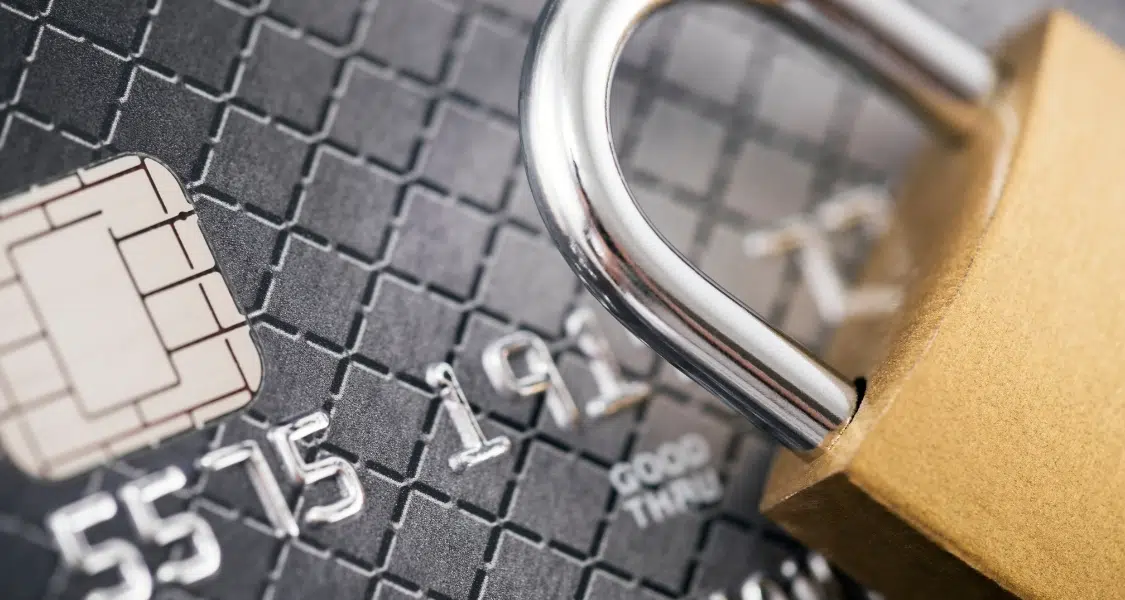8 Technological Solutions to Protect HNWI’s Bank Accounts
In today’s world, where everything is online, including banking and financial data, it’s increasingly important to keep the bank accounts of High Net Worth Individuals (HNWIs) safe. These people have millions of dollars in their bank accounts. Needless to say, cutting-edge cybersecurity solutions are becoming vital under these circumstances. They play a key role in diminishing the threats of financial loss and data breaches. With this in mind, let’s take a look at the cutting-edge tech and strategies that protect the wealth of HNWIs and maintain their financial safety.

What makes HNWIs financially vulnerable
Several factors turn high-net-worth individuals (HNWIs) into prime targets for fraud:
- Unpredictable Spending Habits: The irregular spending patterns of HNWIs make it hard to spot large fraudulent transactions.
- Accessible Personal Information: Criminals easily find information about wealthy people, which helps them create complex fraud schemes and get around bank security.
- Preference for Convenience: For the sake of convenience, HNWIs might skip extra security steps like multi-factor authentication, making it easier for cybercriminals to target them.
- Outsourced Financial Management: When HNWIs hand over their financial affairs to banks or asset managers, it may become a source of security issues.
Tools to boost bank account security
For HNWIs and financial institutions, it is super important to keep bank accounts reliably protected. This is why banks today use a variety of tools and methods to safeguard assets and private data of their customers.
Encryption techniques
To protect sensitive client information, banks employ encryption algorithms like AES and RSA. These algorithms encode confidential data, making it indecipherable without the proper key. Thus, even if there’s a security breach, hackers still can’t get access to the HNWIs’ bank accounts and transaction details.
Security certificates
By using digital SSL certificates, banks make sure that clients are on the legitimate bank website. They also issue updated and secure Extended Validation (EV) SSL certificates to confirm the legitimacy of external websites, helping to block potential security threats.
Key login security measures for banking systems
Below, we will list the login security measures that deserve the most attention:
- Multi-factor Authentication: This step asks for more proof of who you are, like a code that’s sent to you, your fingerprint, or a special key.
- Automatic Logout: If you’re inactive for a while, the system will sign you out automatically.
- Monitoring Login Activities: The system watches for and blocks any login attempts it considers suspicious.
- Limit on Wrong Password Entries: You can only try to log in with the wrong password a few times before the system stops you.
- Complex Password Requirements: You must create a password that’s hard to guess using a mix of letters, numbers, and symbols.
API deployment
Banks use Application Programming Interfaces (APIs) to safely and quickly share data between systems and services. This helps lower the chance of data being accessed without permission. Here’s how APIs do it:
- Encrypting Data: They use special protocols to turn data into a code that only certain persons can read.
- Controlling Access: APIs guarantee that only those with the right permission will access the data.
- Watching User Actions: They monitor how people use the system to spot unusual behavior.
APIs gather and analyze client data, enabling banks to better understand client requirements and deliver customized financial solutions. This leads to new ideas and better security for bank accounts, including those of High-Net-Worth Individuals.
Process automation
The adoption of Robotic Process Automation (RPA) and machine learning brings banks’ old systems up to date and makes their workflows more efficient. By monitoring and analyzing large amounts of data in real time, banks identify security risks and respond quickly.
Artificial intelligence
Artificial Intelligence (AI) boosts bank account security. It does so by setting up systems that can spot unusual behavior and threats on their own. AI helps banks act fast when new issues arise, which helps prevent money losses as well as the leakage of customers’ personal data. AI also improves client authentication and identification procedures, enhancing account protection against any unauthorized access and fraud.
Firewalls
Banks use Next-Generation Firewalls (NGFWs) as essential security measures. These are just some of the things they can do with NGFWs:
- set access rules
- filter out unwanted traffic
- identify and block intrusion attempts
- guard against malware
- control application-based access.
The above measures allow banks to manage and filter network traffic, which offers a strong defense against hacking, malware, and leaks of sensitive information.
With the ongoing evolution of new technologies and the active adoption of modern security practices, banks are committed to continually upgrading their systems to meet the needs and expectations of their clients.
